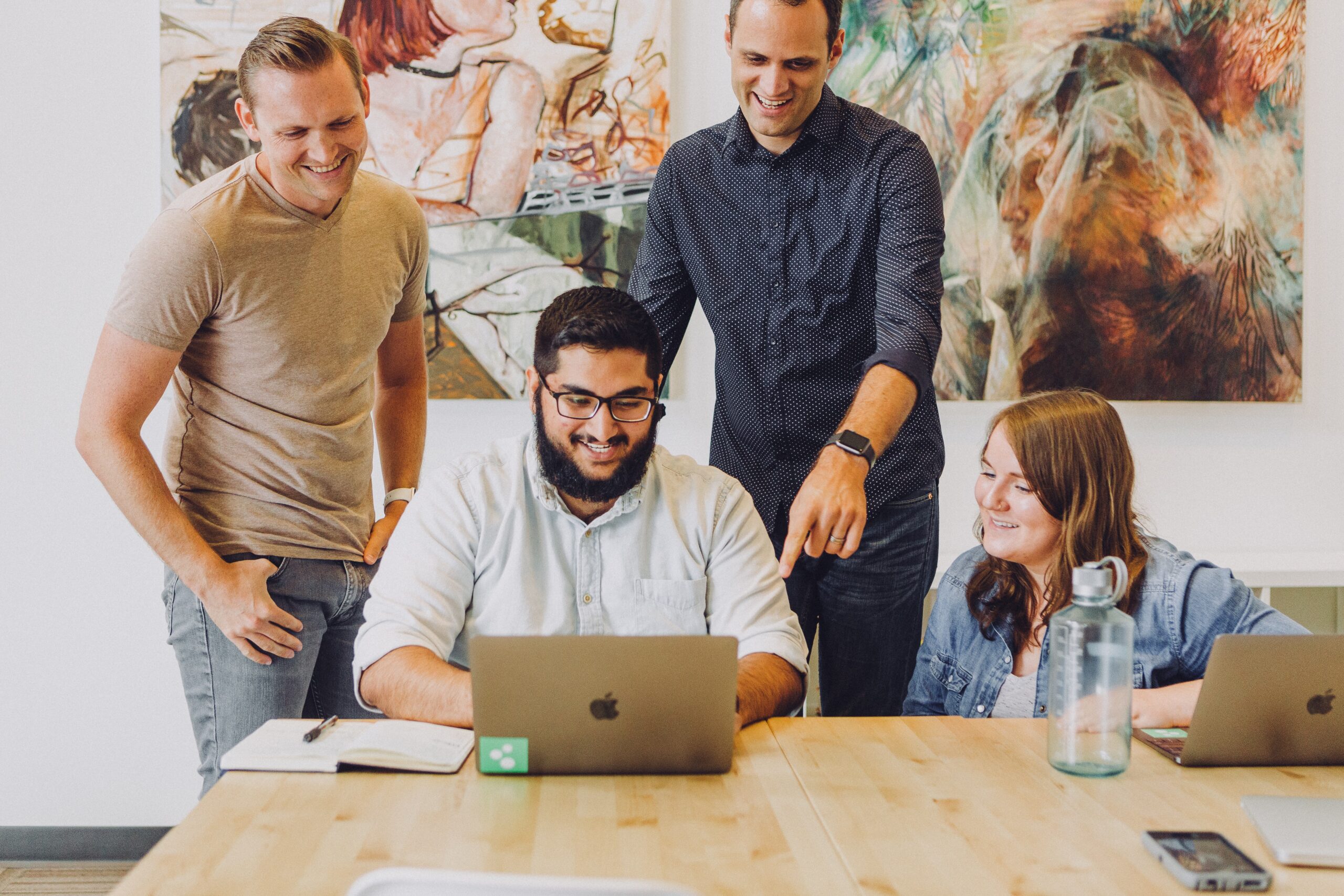
Offices are now reopening but even companies bringing people back to them full time will probably need to update them. Expectations have changed and so have working practices.
Companies of all sizes will need to adapt to these to survive let alone thrive. Here are some tips to help.
Establishing new office basics
Offices used to be places to come and sit at a desk and get work done. That approach was being recognised as outdated long before the pandemic struck. The problem was that many offices (even relatively modern ones) were set up on the “desk-based” approach.
When offices were in full use, reworking them to a more modern style would have caused significant disruption. Currently, however, many offices are still at low capacity (if they’re being used at all). This means that now is the perfect time to reorganize them.
Your office layout should reflect what you actually do and, just as importantly, what you’d like your employees to do. For example, in addition to task-based spaces, you probably want spaces for collaboration and possibly for training as well. Ideally, you want to offer a mix of environments, preferably with the flexibility to adjust them.
While this may sound like a big ask, it’s actually perfectly achievable even for small companies on tighter budgets. The key point is to look at how your office should flow. Once you’ve established this, you can probably establish the basics with what you already have.
Improving the environment
Traditional offices are notorious for being uninspiring, to put it mildly. Fortunately, this is easy to address, especially if you have a bit of budget. Just changing up the paint colour from “office beige” can give your workplace a new lease of life.
Foliage plants are also a very welcome sight in offices. Fortunately, faux plants are a fantastic way of bringing nature inside without having to worry about keeping them alive!
If you’re struggling for floor space, putting up pictures of the natural world has many benefits, especially within a working environment. Studies have shown that by simply looking at pictures of nature, it can produce a calming effect on the brain, even if just for a few moments.
If your budget is up to it, you could have a digital display showing videos of the natural world, such as the iconic “fish swimming” video.
With that said, if you’re working on a small budget, then your priority should often be your lighting, especially if you’re currently stuck with fluorescent light bulbs. These are due to be phased out anyway (for sustainability reasons). Ideally, you want ambient lighting which closely replicates natural daylight plus task/safety lighting where necessary.
Creating a great working environment
Your office is basically a home for your business. Getting the design and decor right sets the foundations for a happy office life. At the end of the day, however, it’s the interactions between people that really build company culture. This point is often held up as a reason why the on-site/hybrid model is preferable to the purely remote one.
While this point may be up for debate, it is fair to say that having employees on-site does offer scope for meaningful in-person interaction between them. To paraphrase an old saying, however, scope is not a strategy. In other words, you cannot just assume that people will do something just because, in principle, they can.
If you want your employees to interact with each other beyond what their job requires, then you need to motivate them to do so. Many companies are now turning to food and drink to provide that motivation. This approach can also help to fulfil other company goals such as improving productivity.
Jamie-Leigh, Marketing Executive at Cema Vending commented, “Even companies on a tight budget can usually provide a vending machine with drinks, snacks and possibly meals as well. This can literally pay for itself. It’s even better if you can provide some form of free, or at least subsidized, food and drink.
You also need to provide a suitable place for employees to eat. This should be both attractive and comfortable. Ideally, it should have a mix of more private and more communal spaces to suit different preferences.”



